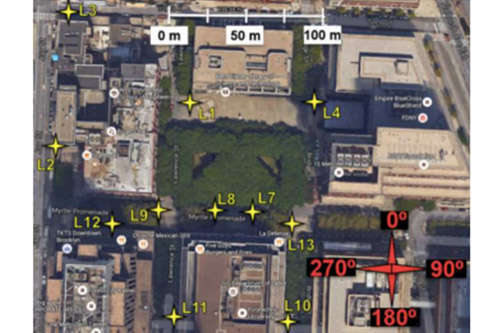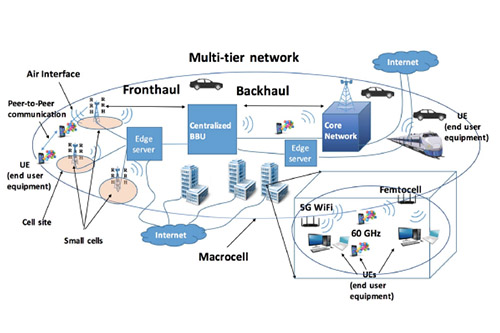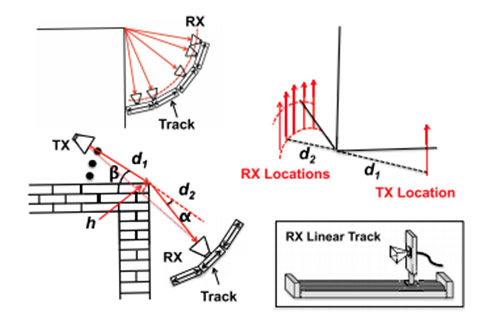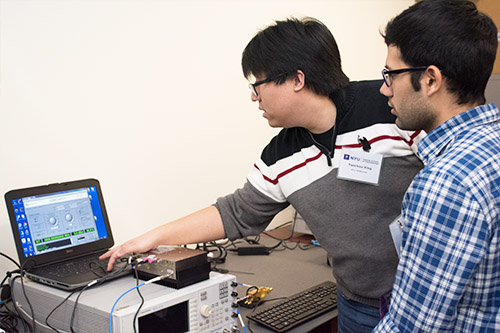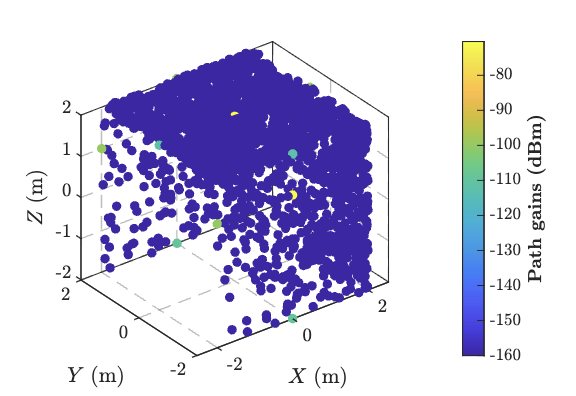Multi-band ISAC in the Upper Mid-Band
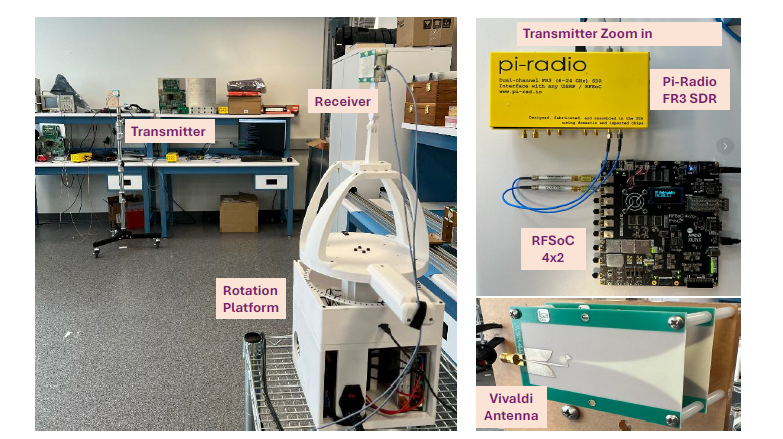
NYU Wireless P.I.s
Research Overview
Integrated sensing and communications (ISAC) and upper mid-band (or frequency range 3 (FR3)) spectrum are promising innovations for future wireless systems. On the one hand, ISAC promises to deliver new sensing applications for systems that were historically designed for communications. The FR3 spectrum, ranging from 7 to 24 GHz, offers incredible channel diversity widely extending deployment possibilities. While the FR3 provides significant degrees of freedom to ISAC systems, ISAC brings key new functionalities to unlock the new spectrum for future mobile communications systems. Motivated by the enormous potential of combining the two research topics, this work focuses on an experimental study on a multi-band ISAC channel in the FR3 to provide insights under realistic conditions.
Using the NYU WIRELESS Pi-Radio SDR in the upper mid-band, with the frequencies 6.5, 8.75, 10, 15 and 21.7 GHz, the experimental study provides very insightful results:
- Developing a new parameter estimator under dense-multipath components (DMC) clutter tailored for ISAC with negligible mobility,
- Using new ESNR sensing metric to assess the sensing channel,
- Identifying multi-band tradeoffs and resource allocation strategies,
- Developing a solution to resolve angular ambiguity of higher band using lower band estimated as reference,
- Achieving a very good bi-static localization performance with localization root mean squared error (RMSE) in the order of 0.2 meters, despite having a ranging resolution of c/B = 0.62 meters, and having a minimum 2×2 MIMO system
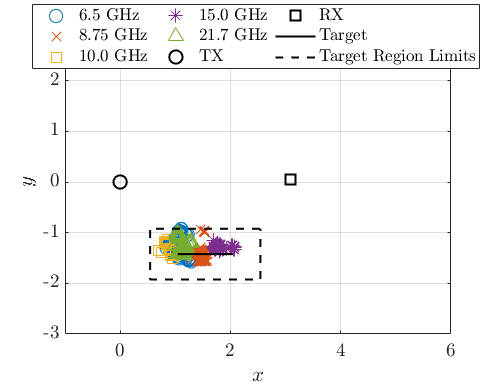

 2025 Brooklyn 6G Summit — November 5-7
2025 Brooklyn 6G Summit — November 5-7 Sundeep Rangan & Team Receive NTIA Award
Sundeep Rangan & Team Receive NTIA Award 2025 Open House
2025 Open House